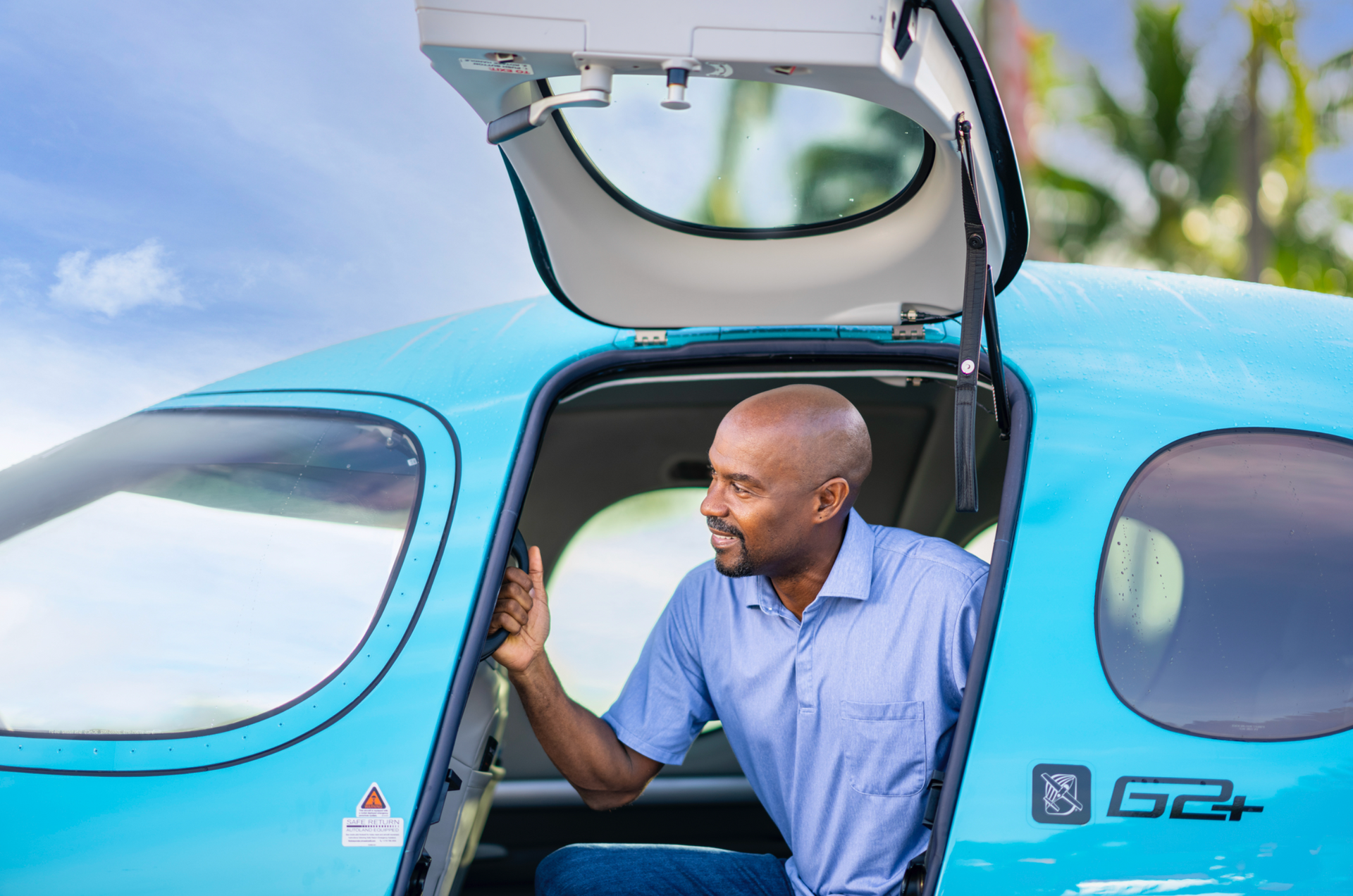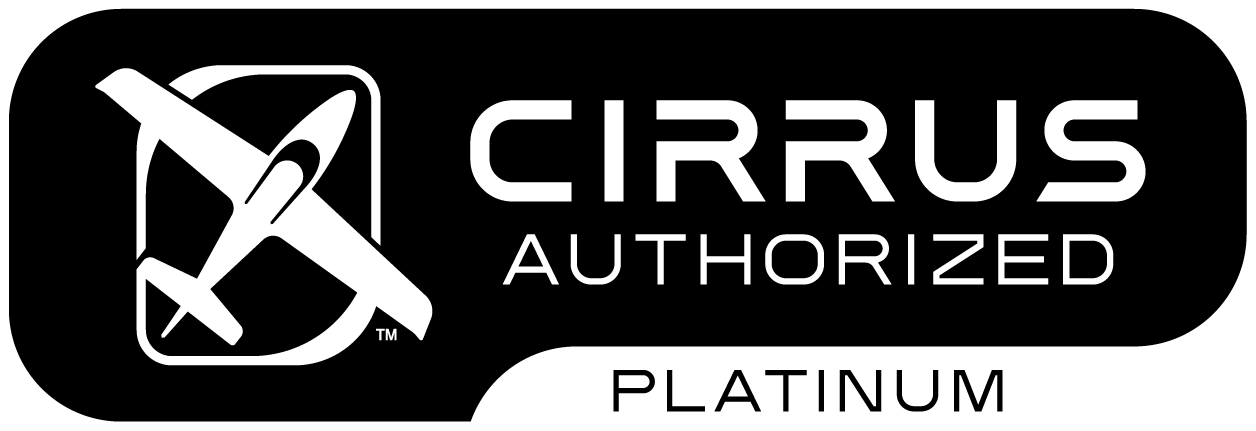FAA Medical Certificates
The FAA requires all pilots to hold a valid medical certificate to fly. There are three types of medical certificates for pilots: the Third-Class Medical, Second-Class Medical, and First-Class Medical. The type of certificate required depends on the type of flying the pilot plans to do.
For most student pilots, a Third-Class Medical certificate is sufficient. This certificate requires a comprehensive medical examination and is valid for up to five years for pilots under 40 years of age, and two years for pilots 40 years of age and older. The Second-Class Medical certificate is required for commercial pilots and flight instructors, and is valid for up to two years. The First-Class Medical certificate is required for airline transport pilots and is valid for up to one year.
How to Obtain a Medical Certificate
To obtain a medical certificate, pilots must visit an FAA-designated Aviation Medical Examiner (AME). The AME will conduct a comprehensive medical examination and determine whether the pilot meets the FAA’s medical standards. If the pilot is found to be medically qualified, the AME will issue a medical certificate.
It’s important to note that the FAA periodically reviews the medical records of pilots to ensure they continue to meet the medical standards. Pilots must also report any medical conditions or changes in their health to the FAA, as these could impact their medical certificate.
Meeting the medical requirements for pilots is an important step in obtaining a pilot license. By understanding the FAA’s medical standards and visiting an FAA-designated AME, pilots can ensure they are physically and mentally fit to fly.



